Karpathy's Latest Guide to Vibe Coding! A Three-Tier AI Programming Structure: Cursor for Smooth Sailing, Claude for Challenges, GPT-5 Pro for Desperate Times
AI Insights
1
Posts
1
Posters
20
Views
1
Watching
-
> The renowned Karpathy has released the latest Vibe Coding guide, breaking away from reliance on a single model and proposing a three-tier AI programming structure: 'Cursor for smooth sailing, Claude Code/Codex for challenges, and GPT-5 Pro for desperate times.' This structure is layered according to task complexity and tool adaptability: Cursor handles 75% of common scenarios for code autocompletion and minor modifications, Claude Code/Codex focuses on larger functional blocks and cross-domain attempts, while GPT-5 Pro tackles complex bugs and deep documentation support.  Just now, Karpathy released a brand-new Vibe Coding guide! In this guide, instead of sticking to a single model, Karpathy leverages the strengths of multiple models to summarize a three-tier AI programming structure: 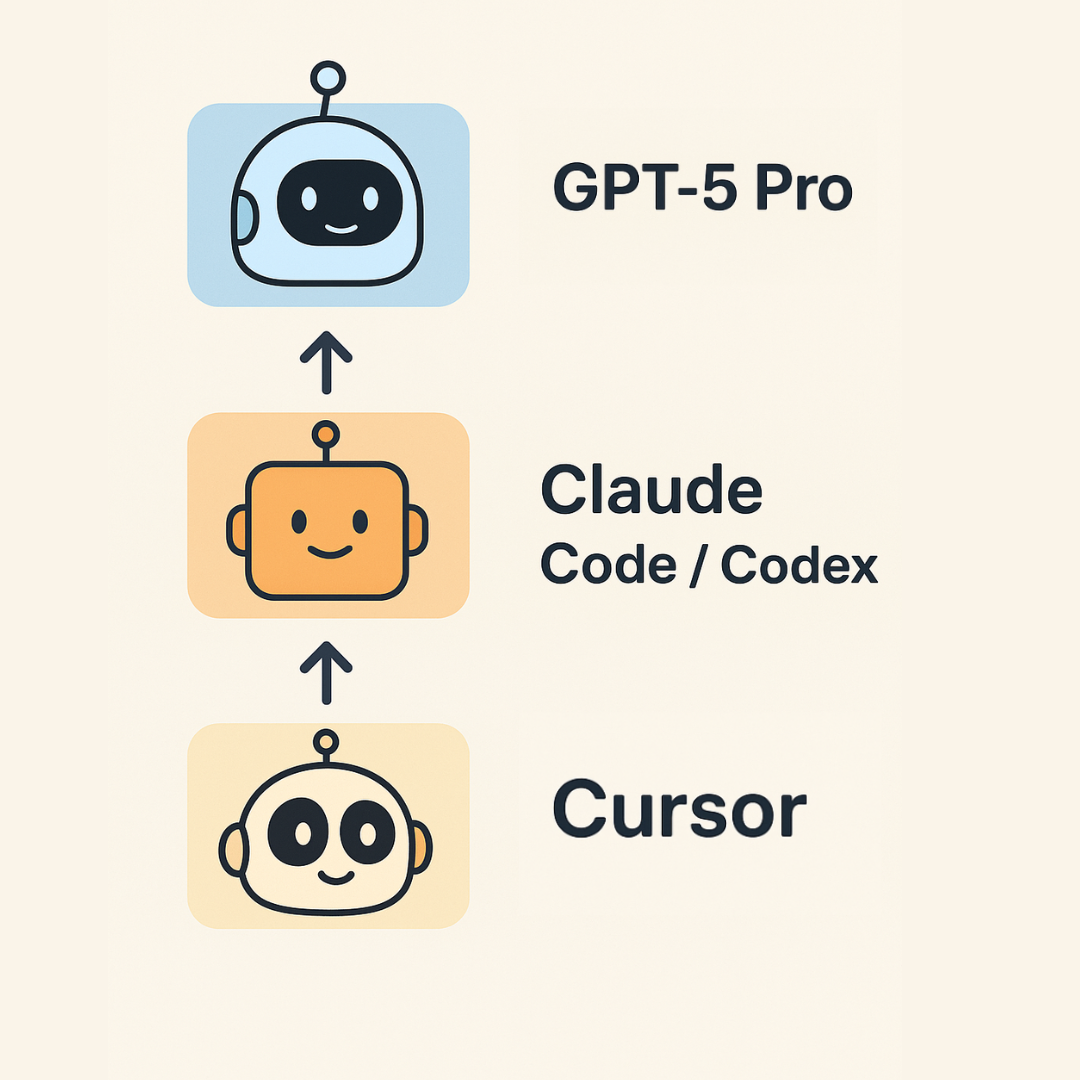 1. **Cursor**—Primarily responsible for autocompletion and minor code modifications, efficiently conveying task intent. 2. **Claude Code/Codex**—Used for implementing larger functional blocks, rapid prototyping, and cross-domain code attempts. 3. **GPT-5 Pro**—Solves the most challenging bugs or complex abstractions, providing deep documentation and resource support. This progressive three-tier structure is not just Karpathy's sharing of programming techniques but also an upgraded follow-up to his Vibe Coding concept. Let's see how he does it! ## Smooth Sailing with Cursor, Challenges with Claude/Codex, Desperate Times with GPT-5 Pro Overall, Karpathy's three-tier structure stems from his personal programming experience. He organizes Cursor, Claude Code/Codex, and GPT-5 Pro structurally based on tool usage frequency and task types— Assigning common, simple, and local completions and modifications to Cursor, larger functional blocks to Claude Code/Codex, and turning to GPT-5 Pro when the former two fail to solve the problem. Hence the saying: 'Smooth sailing with Cursor, challenges with Claude/Codex, desperate times with GPT-5 Pro.' 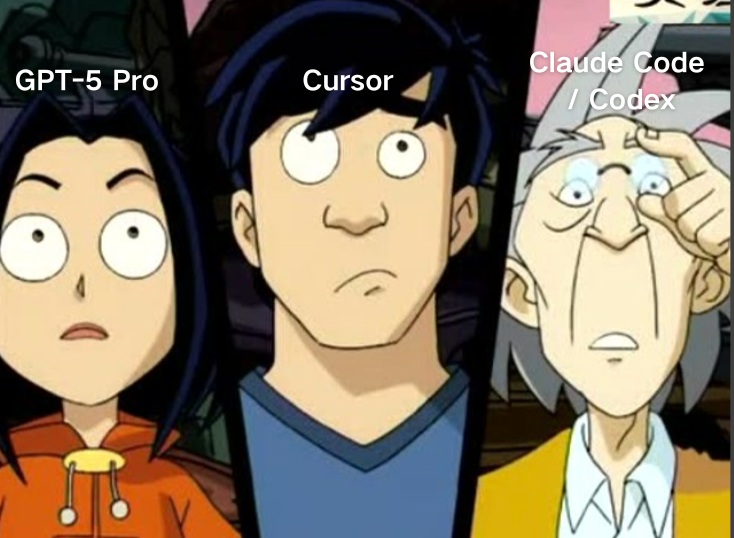 Expanding on this, the first tier covers the most common scenarios (about 75%), where Cursor's Tab key autocompletes code. 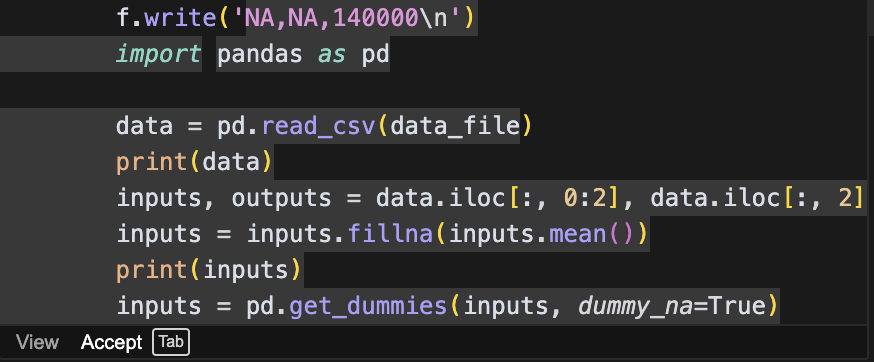 Here, Karpathy discovered a high-bandwidth communication method with large language models—writing specific code snippets or comments in appropriate project locations. The goal is clear: directly showcase task intent through code or comments, conveying large amounts of precise information more quickly and clearly than text descriptions alone. (Karpathy's note: Sometimes autocompletion models can be annoying, so remember to toggle them on and off.) Additionally, highlight a specific code segment and request modifications.  The second tier involves models like Claude Code/Codex, which can be configured in Cursor's sidebar. Karpathy mainly uses them to implement larger functional blocks that are easier to specify via prompts. 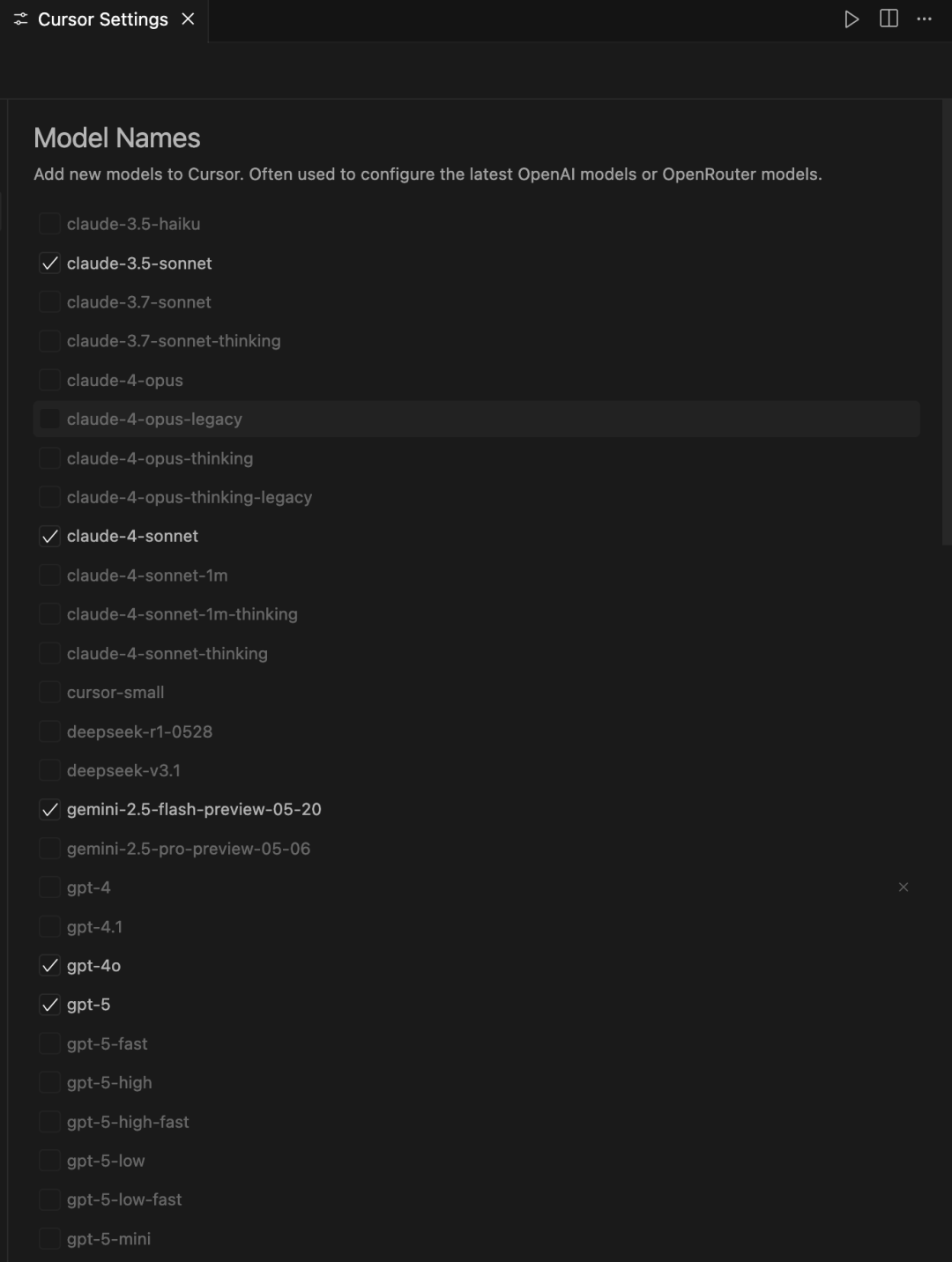 Overall, these tools are highly useful, but their effectiveness varies. Starting with the pros, they are indispensable in domains unfamiliar to developers or highly aligned with Vibe Coding. For Karpathy, tools like these are incredibly useful for tasks he hasn't done much before, such as writing Rust or SQL statements. They also quickly generate one-off visualizations or debugging code, saving developers from repetitive work. Here, code can be freely created and deleted, no longer as precious as before. Thus, Karpathy coined a new term: ## "The Code Post-Scarcity Era" Now, the cons: First, these models easily go off track, so Karpathy rarely uses "YOLO mode" (full delegation) and often hits ESC to terminate projects. Second, AI-generated code often becomes a mess, lacking the elegance of "The Zen of Python." Specifically, AI programming tools tend to overuse try/catch, overcomplicate abstractions, bloat code (e.g., using nested if-else when a list comprehension or one-liner would suffice), and copy-paste code blocks instead of extracting reusable helper functions. Developers often need to manually clean up these coding style issues. Additionally, Karpathy's experience highlights the current limitations of AI programming tools in explainability and interactivity. For example, he wanted Claude Code to explain its code as it wrote but found it impossible—AI tools clearly prefer "writing code" over explaining why they write it that way. The final tier is GPT-5 Pro, which Karpathy turns to in the most challenging situations. For instance, when Karpathy, Cursor, and Claude Code are stuck on a bug for 10 minutes, he copies the entire problem to GPT-5 Pro, lets it run for 10 minutes, and it actually finds the bug. Karpathy notes that GPT-5 Pro is incredibly powerful, capable of uncovering obscure documentation and papers. It also excels in tasks like cleaning up abstract structures, conducting literature reviews, and research, returning highly relevant resources and clues. Finally, Karpathy concludes: > Programming has opened up possibilities across different "types" of workflows and tools, each with its own pros and cons. But this inevitably breeds a certain anxiety: the fear of not staying at the forefront of "collective possibilities." So these are just some Sunday musings, shared with curiosity about what others are discovering. This reflects the significance of Karpathy's experience-sharing: by exchanging and discussing usage insights with developers, the entire community can iterate and improve. Notably, four months ago, Karpathy shared his Vibe Coding Guide 1.0: stuffing all relevant content into the context (which can take a long time for large projects; for small projects, just dump all files). Describe the specific, incremental change to implement next. Don't ask for code directly; instead, request high-level approaches and analyze their pros and cons. There are almost always multiple approaches, and large language models' judgments aren't always reliable. Then (optionally) specify further. Choose an approach and ask for the first draft of code. Enter the review/learning phase: manually open unfamiliar or unused API docs in the browser, ask the model for explanations, clarifications, or modifications, and revert to another approach if needed. Test. Git commit. Ask what to implement next. Repeat the cycle. Since introducing Vibe Coding in February, Karpathy has continuously refined and practiced this concept, ensuring it doesn't devolve into mere "conceptual play." Based on this, netizens have also shared their own attempts and solutions. ## Netizens Weigh In with Suggestions Inspired by Karpathy's sharing, many netizens resonated deeply, finding their experiences strikingly similar. Basically, small issues are handled with AI autocompletion, while larger problems rely on AI tools to suggest directions, with human oversight. 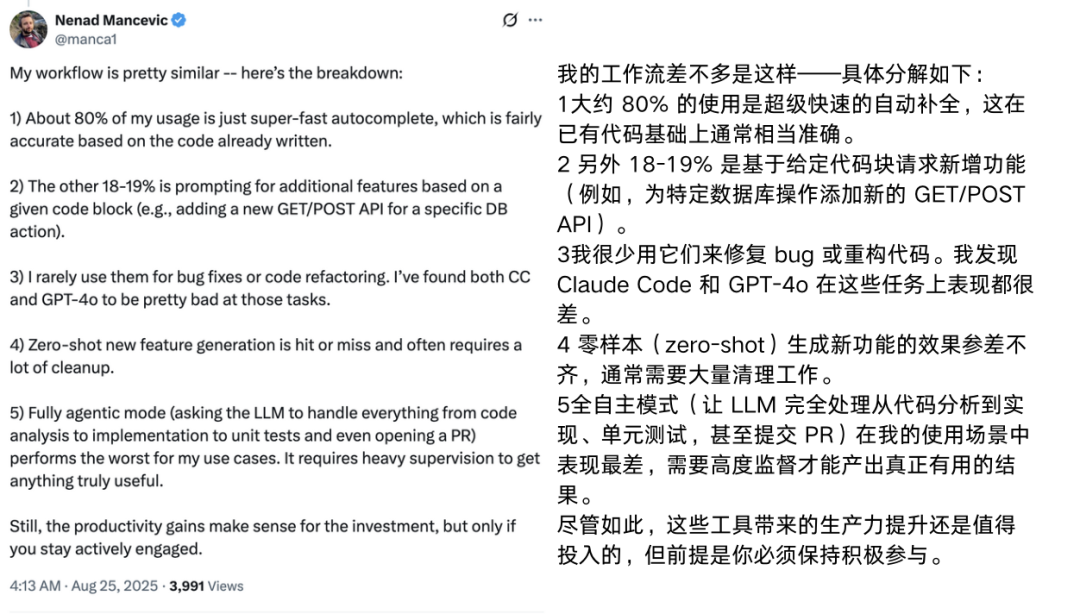 One netizen noted: Sometimes one model gets stuck on a problem, while another solves it quickly. Switching between models and choosing the right one for each task has become an art!  Others shared their insights: The best way to ensure LLM-generated code consistency is to provide detailed requirements and functional breakdowns, along with acceptance criteria, including code style and quality standards. 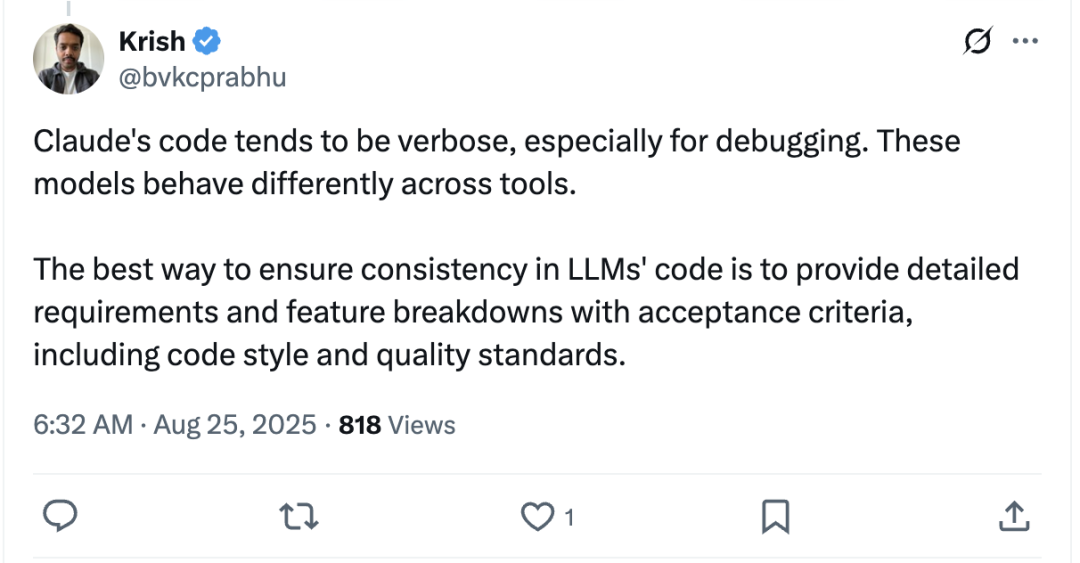 P.S. One netizen spotted a missing piece: Where's my "Gemini"?  What's your Vibe Coding trick? Show it off!
